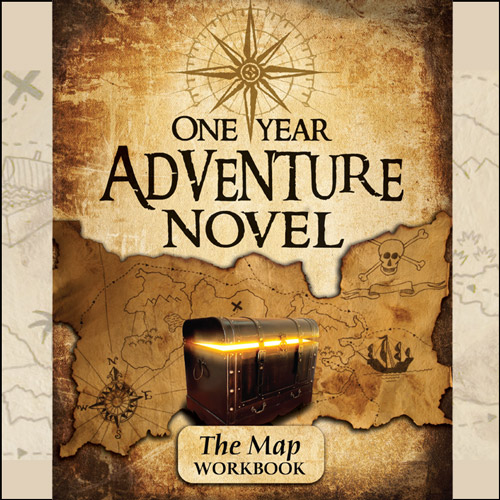Why Not Was? – The Case Against Using “Was” in Your Novel
Daniel Schwabauer
Why not was?
This comes up a lot in writing conferences when I suggest students avoid using the word “was” in their prose. I always get some blank stares.
Was? Are you serious?
I am. Even though it may be used to grammatical perfection in one’s novel, it usually weakens your narrative flow. The OYAN curriculum discussed this in more detail, perhaps because first person POV lends itself to a more casual style, and thus more frequent use of the conversational was.
Put briefly, was is a boring word. It denotes existence. The cat was. The car was. The knife was. Big deal. Lots of cats and cars and knives are. If you want to make me care, show the cat, car or knife doing something interesting: howling, crashing, stabbing.
I agree that in some cases this is impossible. In some places in your novel, you need to tell you audience that something merely exists. But was should be used sparingly, avoided whenever possible.
How do you do this? Two simple techniques may help. If one doesn’t work, the other probably will.
First, change the verb. Pick anything else, even if it doesn’t make sense, and plug it into the sentence. So instead of “The cat was black,” you’d have, “The cat sang black.” No, this doesn’t work, but at least it is less boring. Hopefully it will jump-start your brain into seeing the cat and what it is doing more clearly. What is the cat doing in the first sentence? It is being. What is it doing in the second sentence? Singing. Do cats sing? No, they yowl, or meow, or hiss, or run or fight or lick or nap. Now ask yourself which of these verbs might demonstrate the cats blackness, since that is clearly the intent of the sentence. Just to get the story moving, I might pick “lick.” So, “The cat licked black.” Does that make sense? Not quite, but it is closer. How about, “The cat licked its black fur.” Still not great, but infinitely more active, and therefore more visual, and therefore more interesting, than a cat that just was.
Second, change the subject. Instead of focusing on the subject of a was sentence, focus on something else. Ask yourself, what is it about the cat that my reader needs to know? What is this particular black cat doing in my story? Adding ambience? Spying for a wizard? Plotting to take over the world? When you know the answer, you may know what you need to focus on. Let’s say the cat is there for ambience. Now we can shift the camera off the cat and focus on something more ambient. Perhaps a shadow. “Shadows draped across a black cat that stared out at them from the corner with ghostly eyes.” This sentence delivers ambience AND the fact that the cat is black.
I should add that it is probably a mistake to think about was sentence constructions while writing a rough draft. If you let your internal editor jabber at you about was while you are writing, you will never get anything done. Save your was revisions for your second draft.



